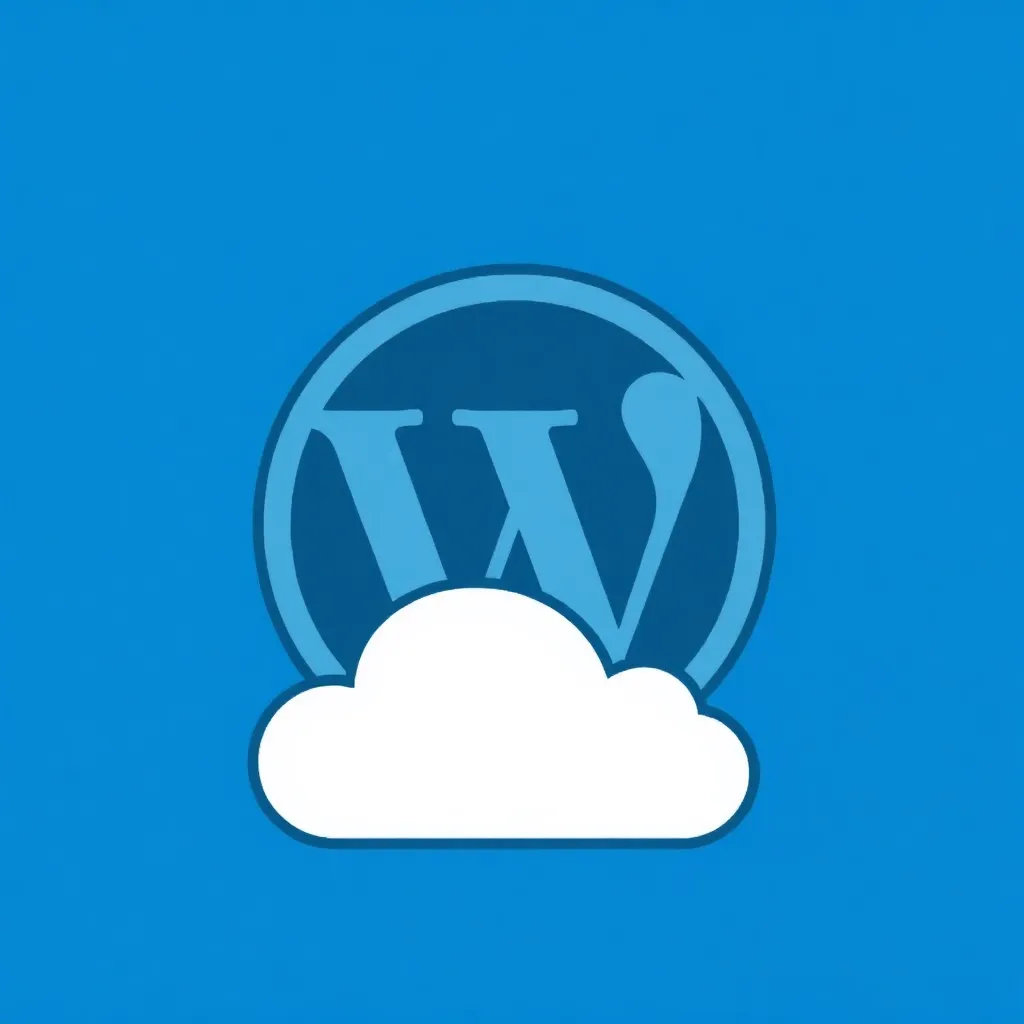The German Telekom resigned during the Grid day 2020 increased investment in FTTH expansion. At present, the company is able to reach around 600,000 households directly with direct fiber optic connections, and an additional two million households are soon to be expanded each year. In ten years' time, Telekom could thus provide Germany with FTTH nationwide, but only if there is meaningful cooperation within the industry.
"We want to be number one in fiber optics."
Tim Höttges, Chief Executive Officer of Deutsche Telekom
According to Höttges, Telekom's investments amount to about 5.5 billion euros per year. A large part of this is spent on network expansion. The Bonn-based company is thus investing more than its competitors combined. In the future, this ratio could shift even further because Vodafone recently a Stop the fibre optic offensive has announced.
VDSL vectoring as an intermediate step
During his presentation, Höttges defended Telekom's decision to have invested in VDSL vectoring in addition to fiber optics in recent years. According to the CEO of Deutsche Telekom, the current Covid 19 pandemic in particular shows that the technology has proven itself. As a result, Deutsche Telekom was able to provide 80 percent of its customers with 100 Mbit/s or more.
"Vectoring and super-vectoring got us through the crisis. Imagine if we expanded 20 percent with fiber optics and the rest had to do with less."
Höttges
However, Telekom now sees the intermediate step via VDSL vectoring as completed. In addition to FTTH, the main focus is now on the expansion of 5G.
"FTTH is my first, second and third priority. We will overlay vectoring where there is demand. If we want to expand our FTTH footprint, we're gonna have to overbuild."
Srini Gopalan, Head of Telekom Germany
In principle, it is therefore also possible that areas in which 100 Mbit/s or more are already available via VDSL vectoring will soon receive a fiber optic connection.
Cooperation within the industry is crucial
According to Höttges, cooperation within the industry is the most decisive factor for a nationwide fiber optic supply in Germany. As an example of successful cooperation, the CEO of the projects cites such as Glasfaser Nordwest, in which Telekom and EWE Netze were involved. Since the beginning of the year, 12,000 households in northern Germany have been connected to the fiber optic network.
Even companies from outside the industry, such as Deutsche Bahn, which will continue to Entire rail network with glass fibre play an important role in the development of rural areas.
"We'll cooperate to make it go faster. Our networks are open. Wouldn't it be fair if we could share infrastructure with others on equal terms?"
Höttges
Glass fibre construction in Germany very expensive
In addition to the lengthy approval procedures, the main problems associated with the expansion of fiber optics in Germany are the high Costs.
"Fiber optic expansion in Germany is two to ten times more expensive than in other countries."
Gopalan
Although modern methods such as microtrenching can significantly reduce these, they have hardly been used to date. Telekom would therefore like to make trenching more popular in the next few years and thus enable faster expansion at lower costs.
Support in rural areas
Telekom only wants to use the federal government's subsidy programs in rural regions where economic expansion is otherwise not possible.
"Promotion makes perfect sense in areas where people have no infrastructure. We are in complete agreement with Breko, Anga, VATM and Bitkom on the funding strategy."
Höttges
In addition, the Group is demanding free access to all German households in order to be able to push ahead with FTTH expansion. Currently, the expansion is often blocked by the so-called service charge privilege. These are exclusive contracts that real estate owners have concluded with cable network operators.
"The service charge privilege in Germany must go. It dates back to the Kohl era. It's simply outdated.
Höttges



